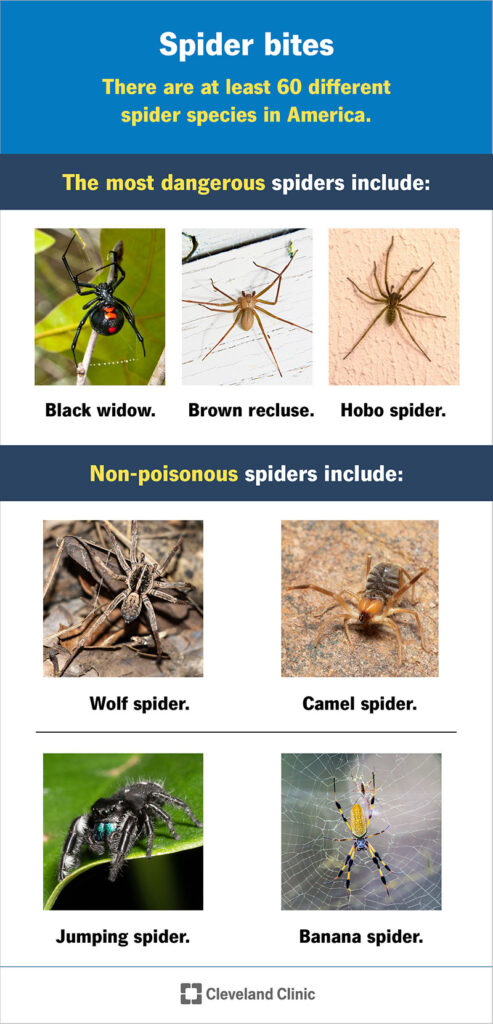
Finding a spider in your home can be a startling experience, often triggering thoughts about the possibility of more lurking in the shadows. While encountering a single spider isn’t necessarily cause for alarm, it’s natural to wonder if there are others hiding nearby. Spiders are often found in secluded areas and build webs discreetly, making them difficult to detect unless you stumble upon one directly. This article will delve into the signs that indicate a potential spider infestation and provide practical steps on how to check your home for more spiders.
This guide will explore common indicators of spider presence, analyze factors influencing their populations, and offer effective strategies for checking your home thoroughly. We’ll also discuss preventative measures to minimize the chances of future infestations.
Signs of Spiders in Your Home
Beyond simply spotting a spider, several other signs can suggest a larger population residing in your home. Pay attention to these subtle clues:
- Multiple Webs: Discovering multiple webs in various locations, particularly in corners, basements, attics, and garages, strongly indicates a higher number of spiders.
Spider Droppings: Small, black dots resembling pepper flakes are often spider droppings. Finding these near webs or in secluded areas can be a telltale sign.
Egg Sacs: Spider egg sacs resemble small, white or cream-colored pouches attached to webs or hidden in corners. The presence of multiple egg sacs suggests a breeding population.
- Live Spiders: While finding one spider might seem isolated, encountering several live spiders in different areas within your home is a clear indication of an infestation.
Spider Webs as Indicators
Spider webs are often the first visible sign of their presence. Understanding the types of webs and their locations can provide valuable insights into the species inhabiting your home:
- Orb Weavers: These spiders create large, intricate webs in open areas, often near windows or doorways. Their webs are typically symmetrical and sticky, designed to capture flying insects.
Cobweb Spinners: These spiders build messy, irregular webs in dark, secluded corners. Their webs tend to be less sticky and more for trapping crawling insects.
Funnel Webs: These spiders create funnel-shaped webs with a retreat at the bottom. They are often found in basements, garages, or under furniture.
Factors Influencing Spider Populations
Several factors contribute to spider populations within homes:
- Climate: Warmer temperatures and higher humidity levels can encourage spider breeding and activity.
- Prey Availability: Spiders thrive in environments with abundant insect prey. Homes with pest infestations often attract spiders seeking food sources.
- Structural Features: Cracks, gaps, and openings provide easy entry points for spiders. Basements, attics, and crawl spaces are particularly vulnerable.
Checking for More Spiders
Thoroughly inspecting your home can help determine the extent of a potential spider infestation:
- Visual Inspection: Carefully examine corners, baseboards, ceilings, under furniture, and in closets. Look for webs, droppings, egg sacs, and live spiders.
- Use a Flashlight: A flashlight can illuminate hidden areas and make it easier to spot spiders and their webs.
- Check Outdoor Areas: Spiders often enter homes from the outside. Inspect your porch, patio, and foundation for webs and potential entry points.
How to Prevent Future Infestations
Taking preventative measures can significantly reduce the likelihood of future spider infestations:
- Seal Entry Points: Caulk cracks and gaps in walls, windows, doors, and foundations to prevent spiders from entering.
- Reduce Clutter: Spiders prefer hiding in cluttered areas. Keep your home tidy and organized to minimize their potential nesting sites.
- Control Insect Populations: Eliminate other pest infestations that attract spiders by using appropriate pest control methods.
Conclusion
While encountering a spider in your home might seem unsettling, understanding the signs of an infestation and taking preventative measures can help you manage these eight-legged residents effectively. Remember to check for multiple webs, droppings, egg sacs, and live spiders to assess the extent of the problem. By implementing preventive strategies like sealing entry points, reducing clutter, and controlling insect populations, you can create a less inviting environment for spiders and minimize the chances of future infestations.
